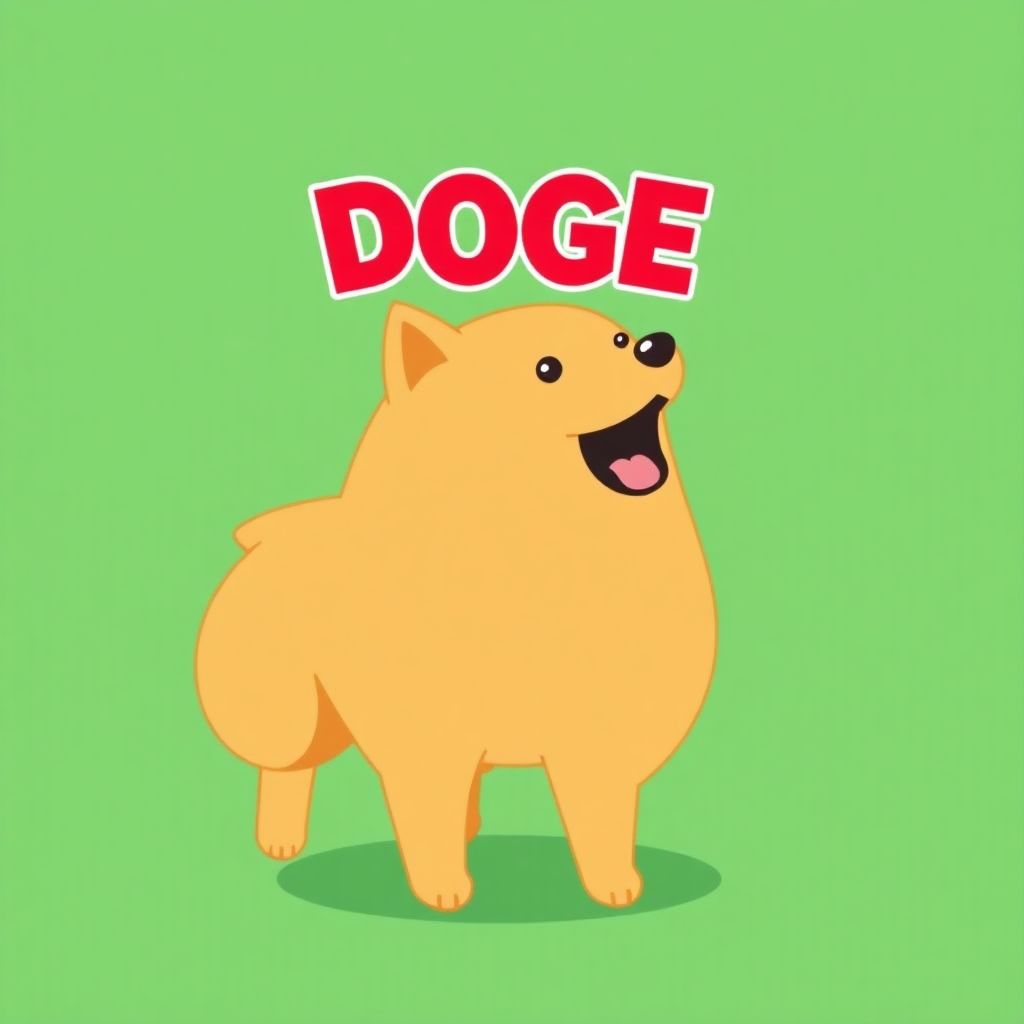A NASDAQ-listed Dogecoin-focused company, Bit Origin, has brought renewed attention to the advantages Dogecoin (DOGE) holds over Bitcoin (BTC) in specific areas critical to mainstream adoption. In a recent announcement, Bit Origin emphasized DOGE’s superior transaction speeds, lower fees, and real-world usability, positioning the meme coin as a more practical option for daily payments compared to Bitcoin.
According to the company, while Bitcoin requires roughly 10 minutes to confirm a single block, Dogecoin processes transactions in just about one minute. This tenfold speed difference significantly enhances DOGE’s practicality for everyday use. Furthermore, DOGE’s transaction costs remain consistently low, making microtransactions and small-scale payments more feasible — a domain where Bitcoin often falls short due to higher fees and slower throughput.
Bit Origin also revealed its strategic plans to accelerate DOGE adoption by developing merchant-focused payment infrastructure and integration tools. These tools aim to facilitate seamless DOGE transactions across various platforms, thereby encouraging businesses to accept the coin as a legitimate form of payment.
The company underscored that DOGE’s appeal extends beyond its technical efficiencies. It pointed to the coin’s strong community, cultural relevance, and celebrity endorsements — most notably from Elon Musk — as additional factors driving interest and adoption. Bit Origin stated its intention to leverage this cultural momentum to transition DOGE from a meme-based novelty to a utilitarian financial asset.
In a recent example of growing adoption, Alternative Airlines — a travel booking platform — began accepting Dogecoin as a payment method. The company noted that DOGE’s transaction capacity outperforms both Bitcoin and Ethereum, with the ability to process up to 30 transactions per second (TPS). In contrast, Bitcoin manages around 7 TPS, while Ethereum handles approximately 15, though both networks periodically experience congestion and fee spikes.
Beyond Bit Origin, other treasury firms are also working to integrate DOGE into everyday financial applications. Thumzup Media, a company with ties to Donald Trump, is actively developing DOGE as a payout option within its Thumzup app. The firm believes that using DOGE for user rewards could eliminate dependence on traditional banking systems, decrease operational costs, and enable near-instant cross-border settlements.
House of Doge, the corporate branch of the Dogecoin Foundation, is another key player driving DOGE’s real-world utility. The organization recently acquired a Swiss hockey team with plans to introduce DOGE payments for ticket purchases and merchandise. This move represents a broader trend among DOGE-aligned companies to solidify the coin’s presence in both digital and physical economies.
Currently, DOGE is trading at approximately $0.19, reflecting a slight dip of over 3% in the past 24 hours. Despite short-term price fluctuations, the long-term vision among DOGE advocates and treasury firms remains focused on utility, adoption, and infrastructure development.
Looking ahead, several key developments could further solidify DOGE’s position as a viable payment currency:
1. Integration with Major Platforms: If companies like X (formerly Twitter) follow through on integrating DOGE into their payment systems, it could expose the coin to millions of users and prompt widespread adoption. Elon Musk’s known affinity for Dogecoin continues to fuel speculation about such a move.
2. Merchant Adoption Initiatives: Continued investment in merchant payment tools is essential. Bit Origin and other DOGE-aligned firms are prioritizing the creation of APIs, plug-ins, and POS systems that allow businesses to accept DOGE with minimal friction.
3. Cross-Border Payment Solutions: DOGE’s speed and low fees make it well-suited for international remittances. Treasury companies are exploring ways to position DOGE as a go-to currency for fast, cost-effective cross-border transactions.
4. Consumer Incentive Programs: By offering DOGE as a reward in loyalty programs or cashback systems, companies can incentivize its use and increase its circulation among consumers.
5. Regulatory Developments: As governments around the world clarify their stance on cryptocurrencies, DOGE’s legal status will become more defined. Clear regulations can provide the necessary framework for large-scale institutional and retail adoption.
6. Scalability Enhancements: Although DOGE currently outperforms Bitcoin in transaction speed, continued development on its underlying technology could improve its scalability, further strengthening its use case in high-volume environments.
7. Public Awareness Campaigns: Educating the public about DOGE’s utility, rather than its meme origins, is crucial. Treasury companies are increasingly investing in outreach to reshape public perception.
8. Partnerships with Financial Institutions: Collaborations with fintech firms, neobanks, and payment processors could create new avenues for DOGE usage, including integration with debit cards and mobile payment apps.
9. Smart Contract Development: Although not natively designed for smart contracts, future upgrades or sidechains might introduce programmable features to DOGE, unlocking DeFi and NFT applications on its network.
10. Stability and Volatility Management: As with most cryptocurrencies, DOGE’s value fluctuates. Treasury firms may explore mechanisms such as algorithmic stabilizers or DOGE-backed stable assets to encourage its use as a medium of exchange rather than just a speculative asset.
In summary, Dogecoin’s evolution from an internet meme to a potential payment powerhouse is being strategically guided by treasury firms like Bit Origin. With faster transactions, lower fees, and growing real-world integration, DOGE is making a compelling case as a practical alternative to Bitcoin in everyday finance. While challenges remain, the roadmap ahead suggests that DOGE could play a significant role in the future of decentralized payments.

